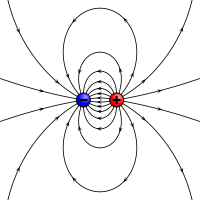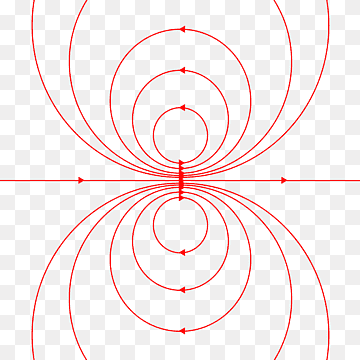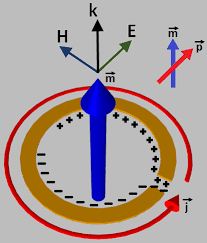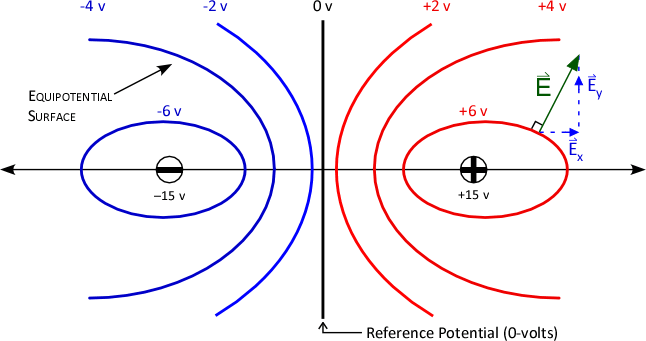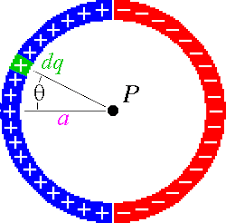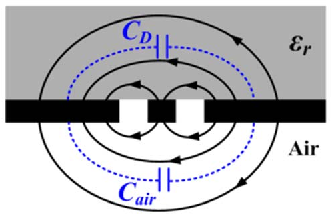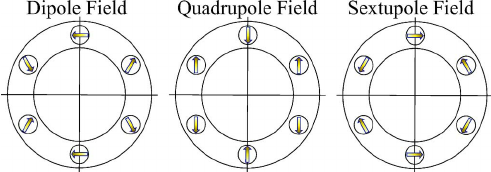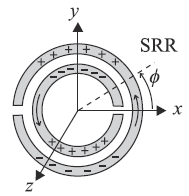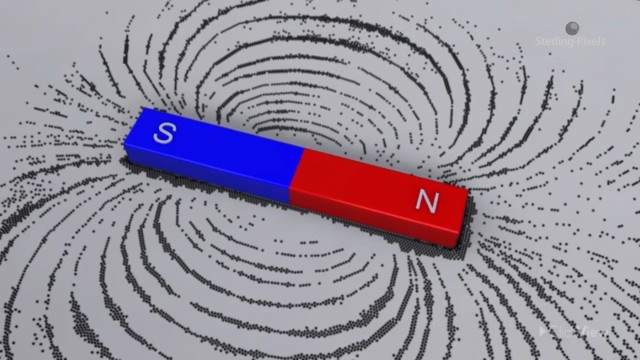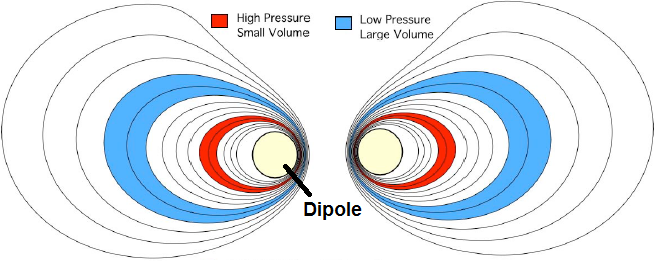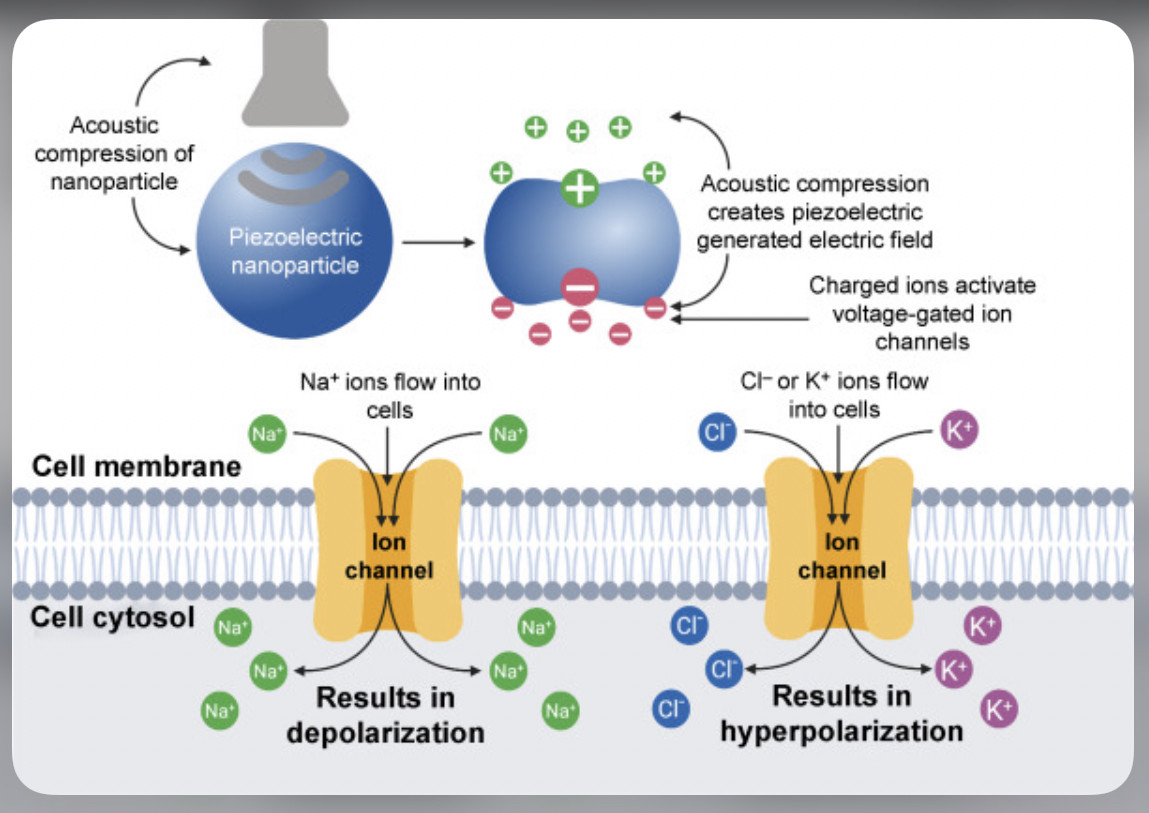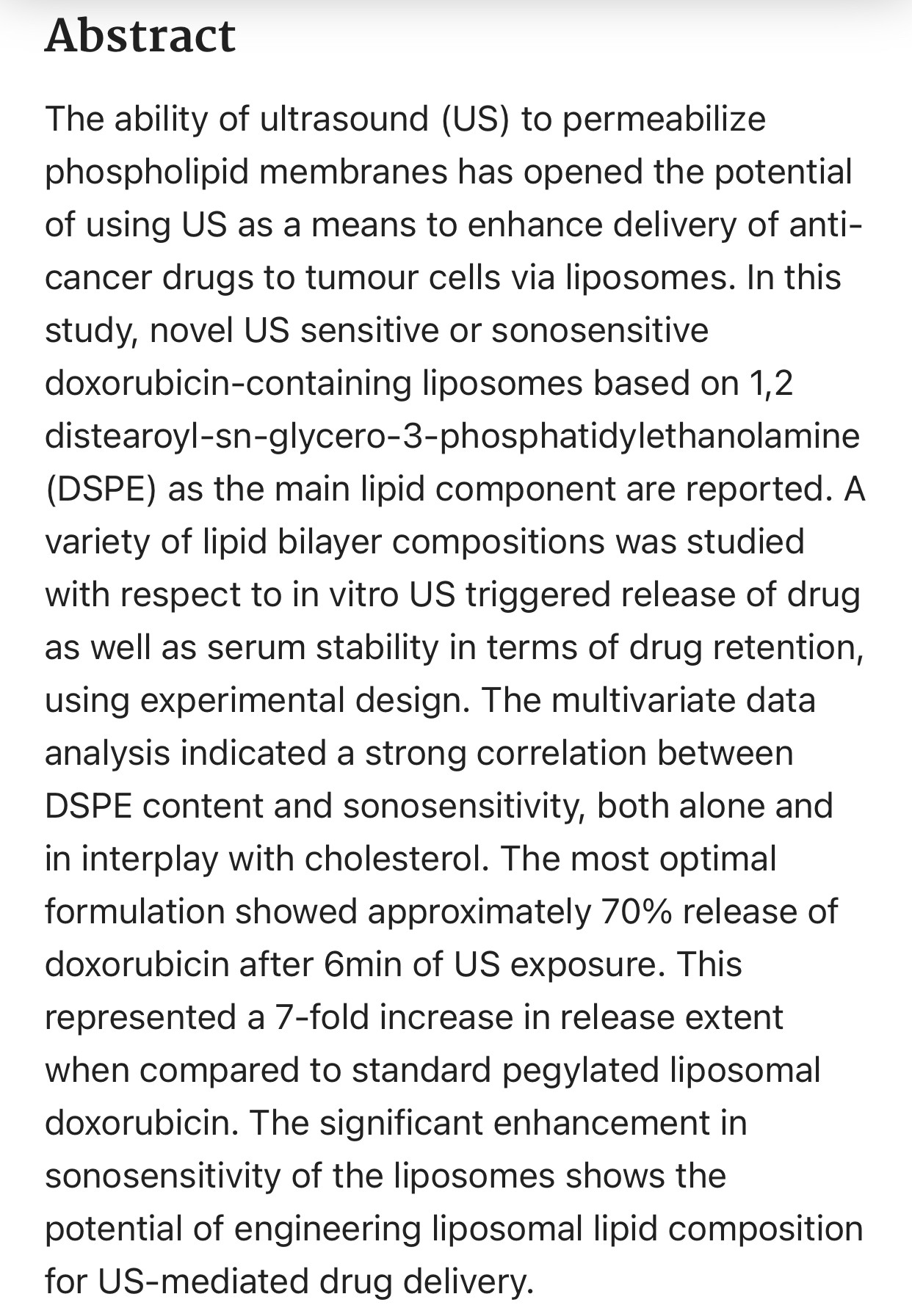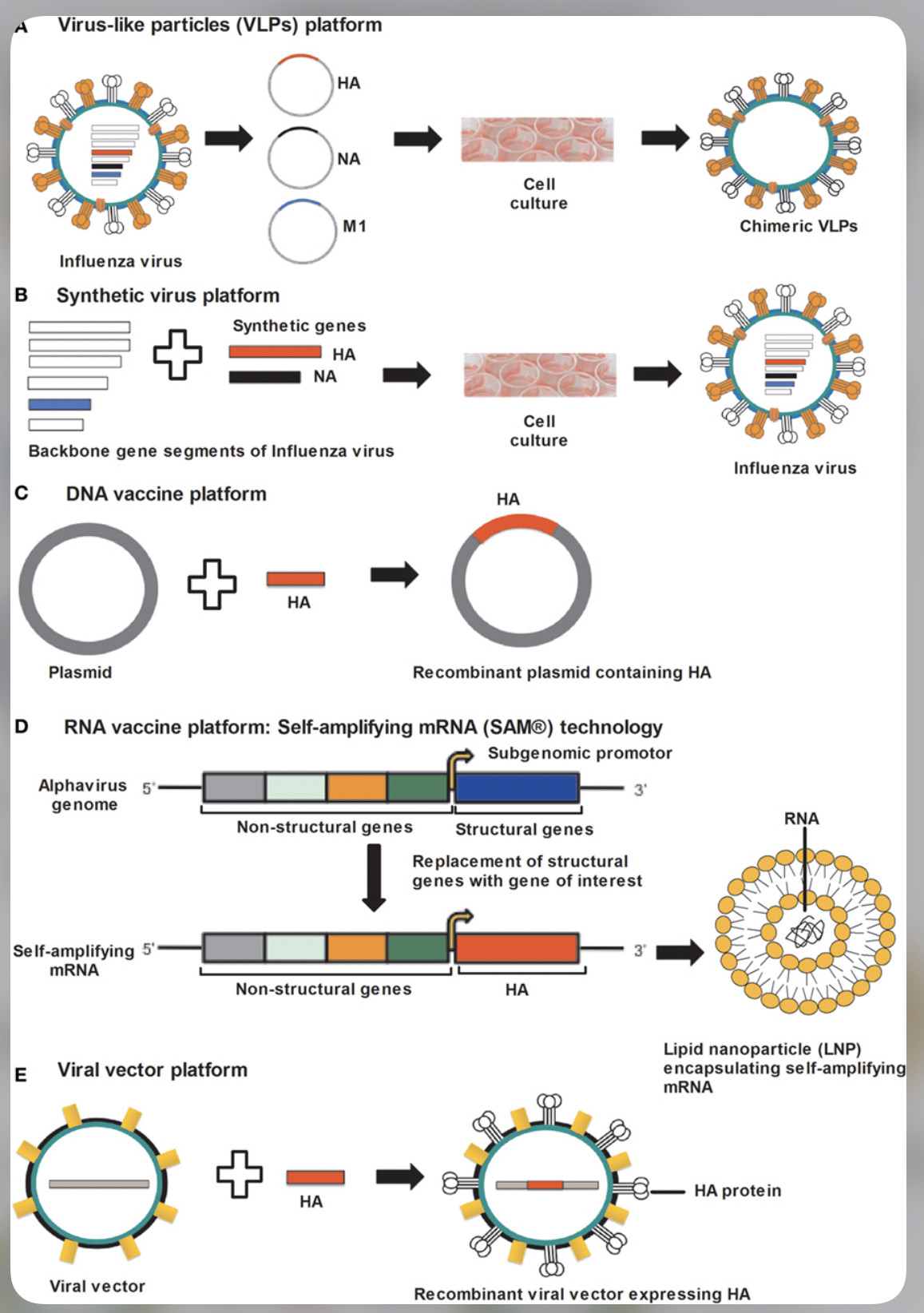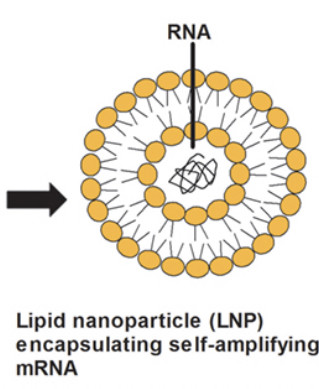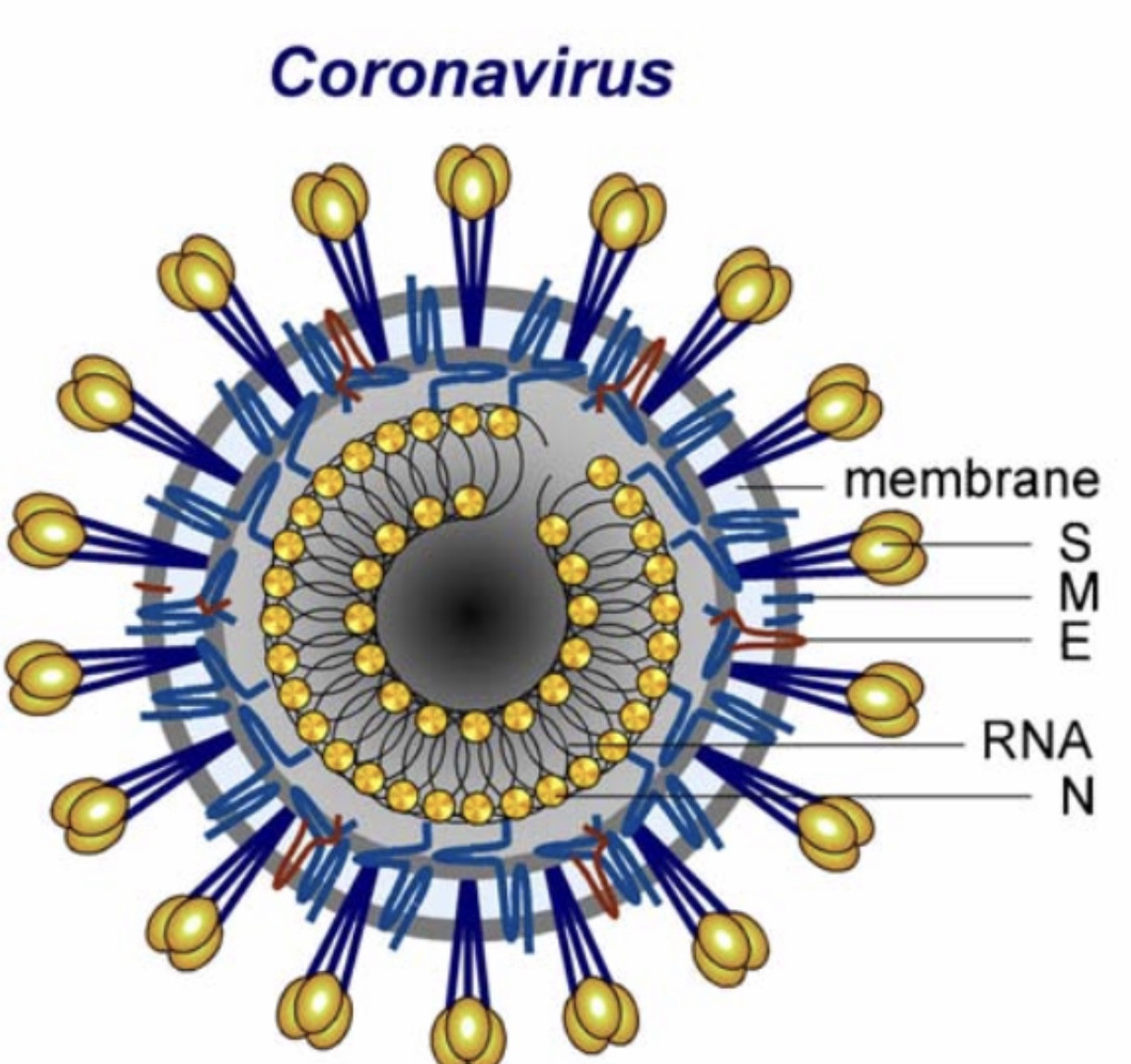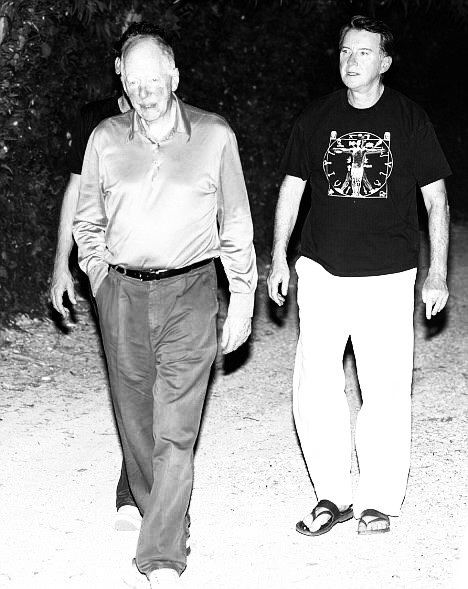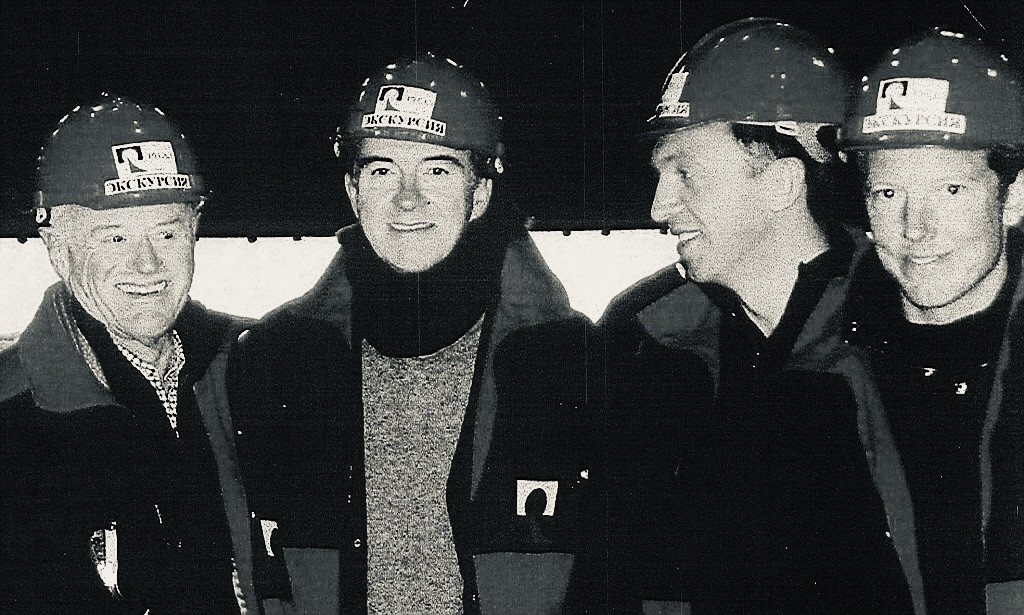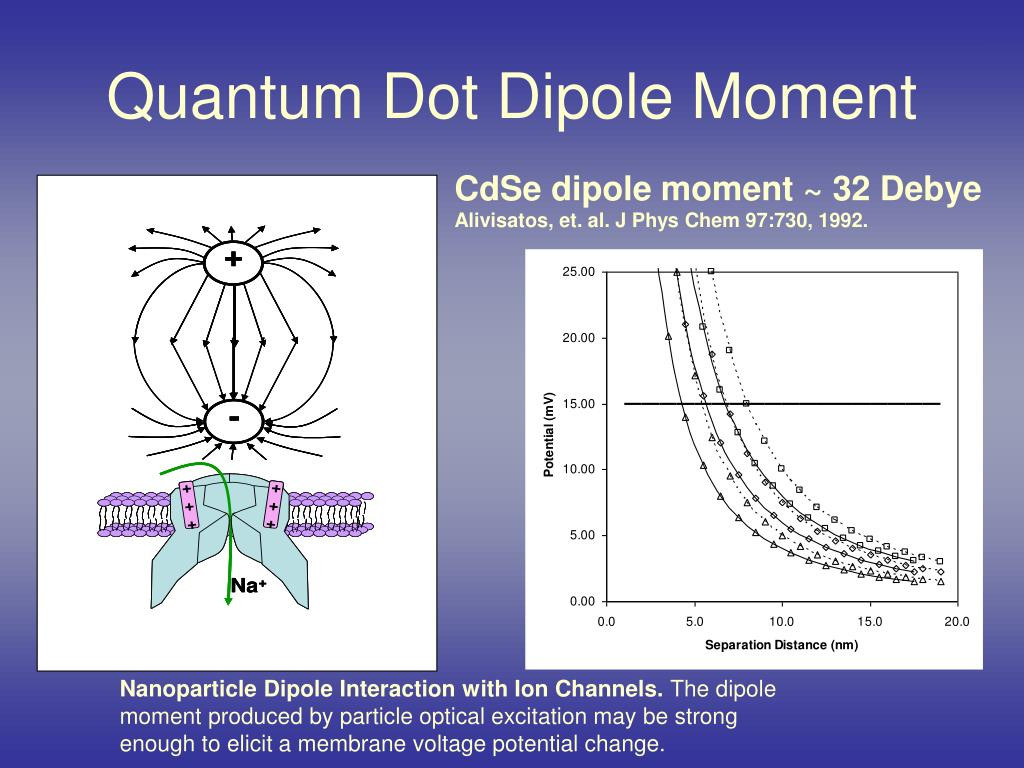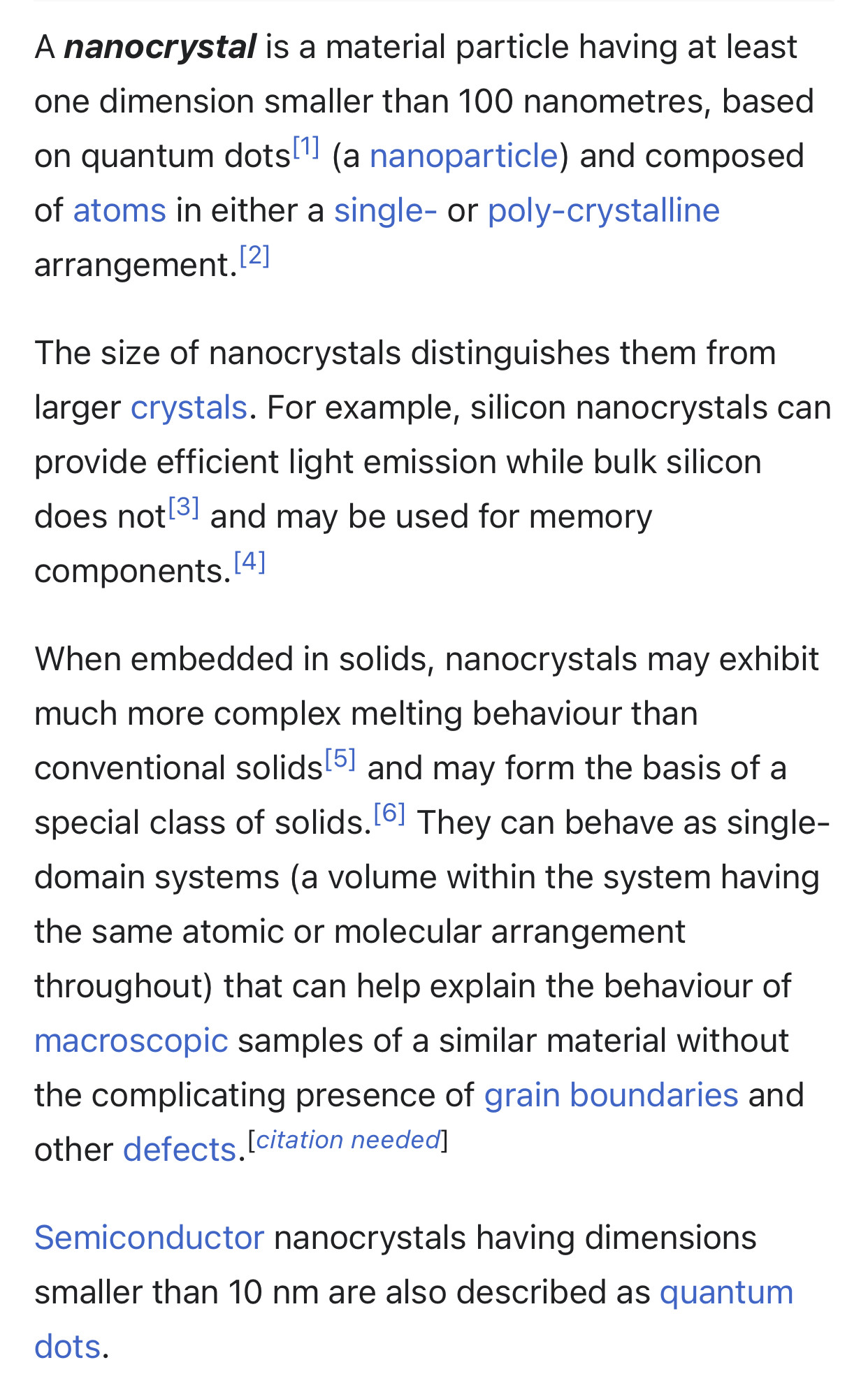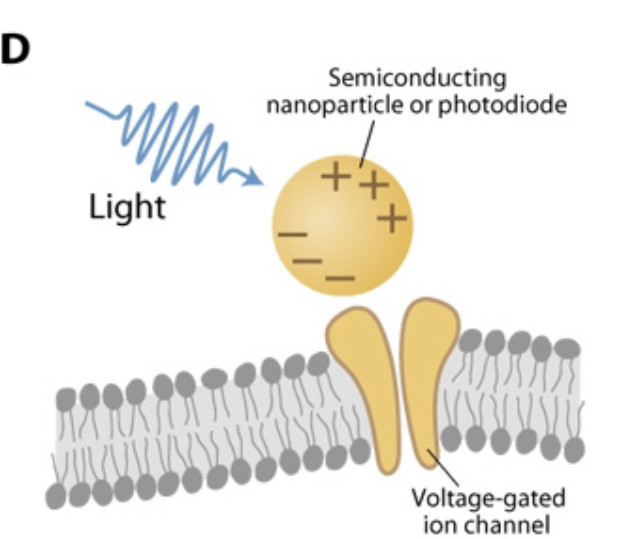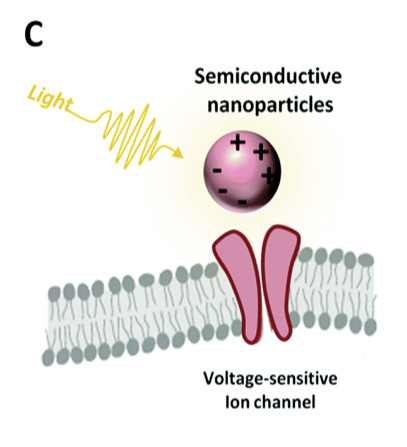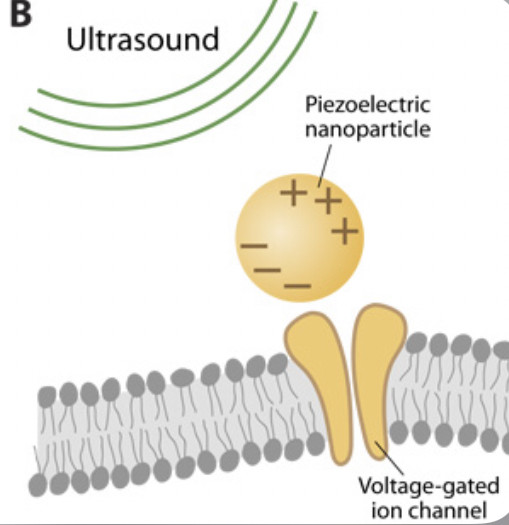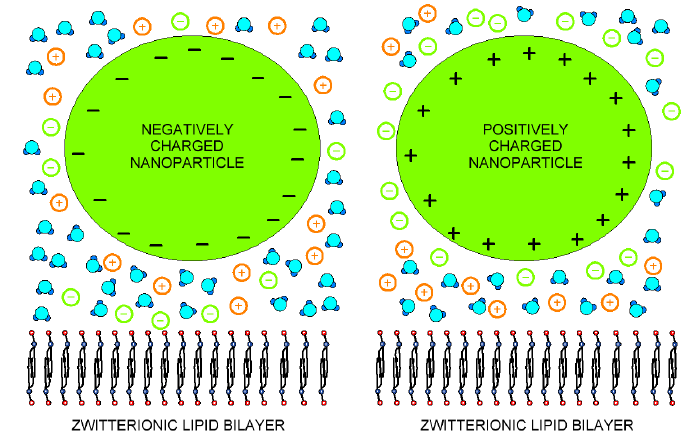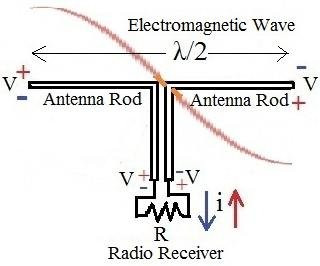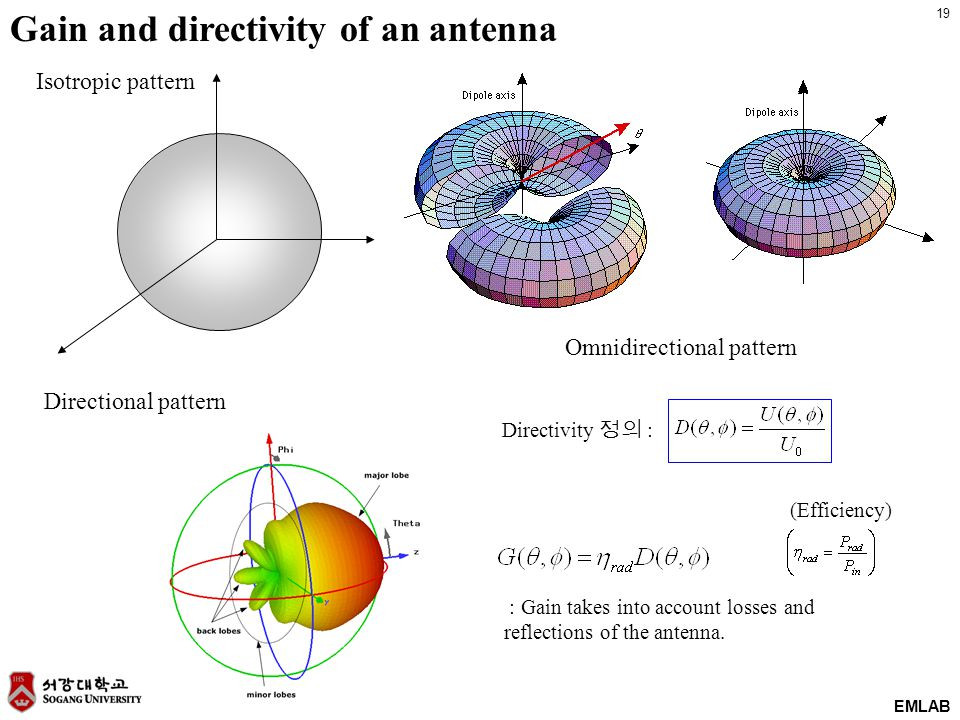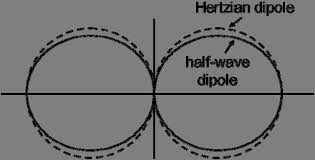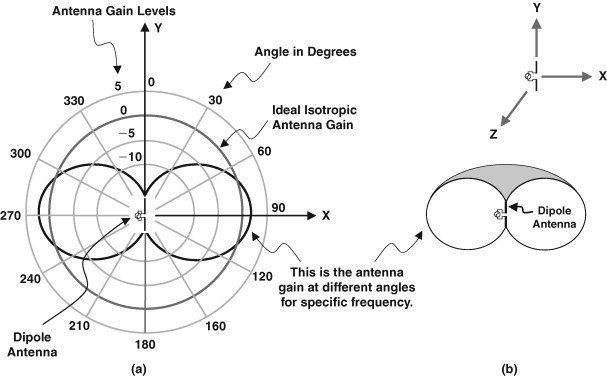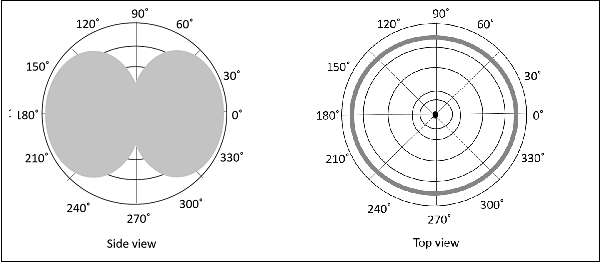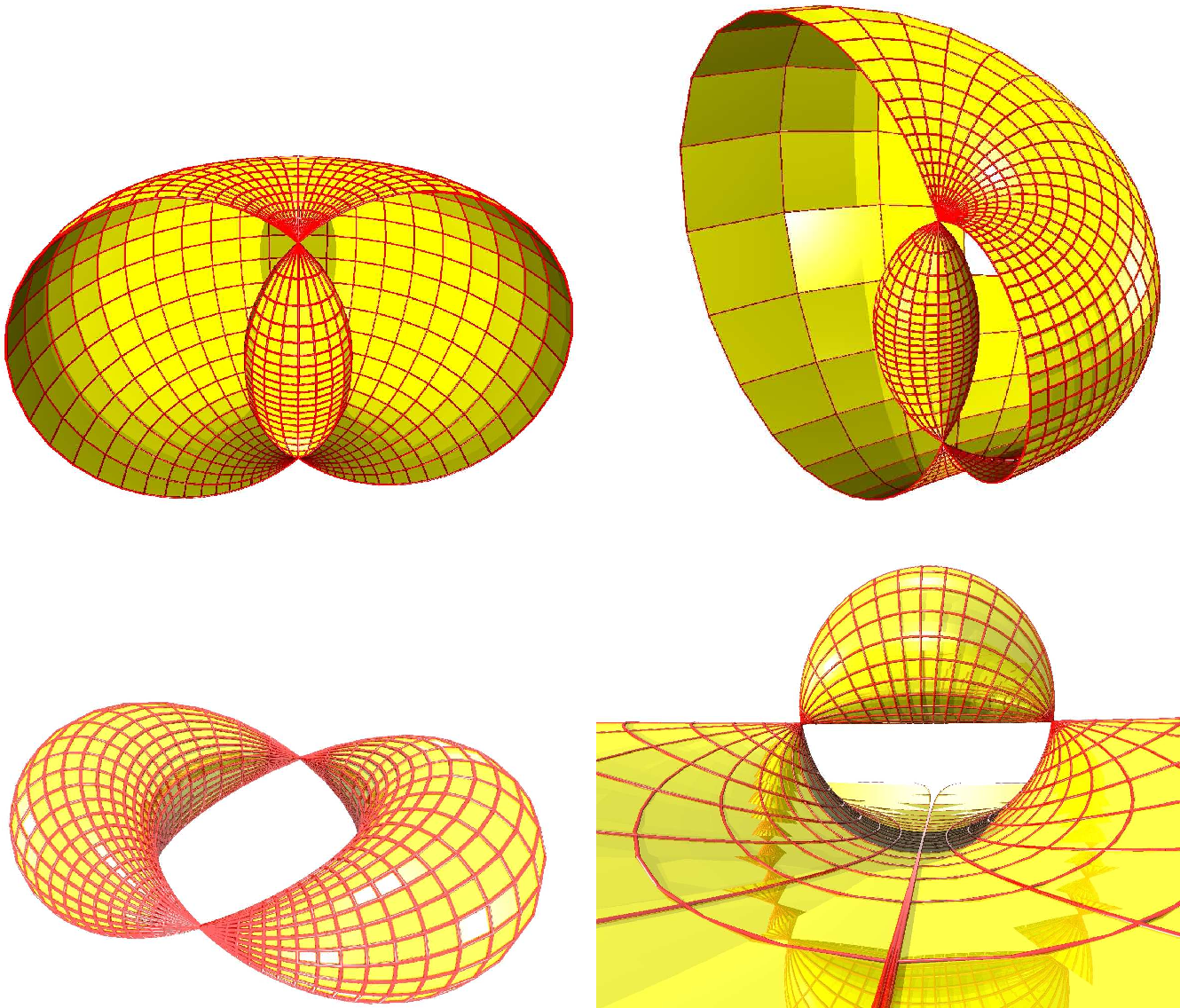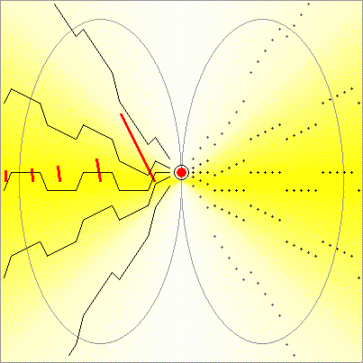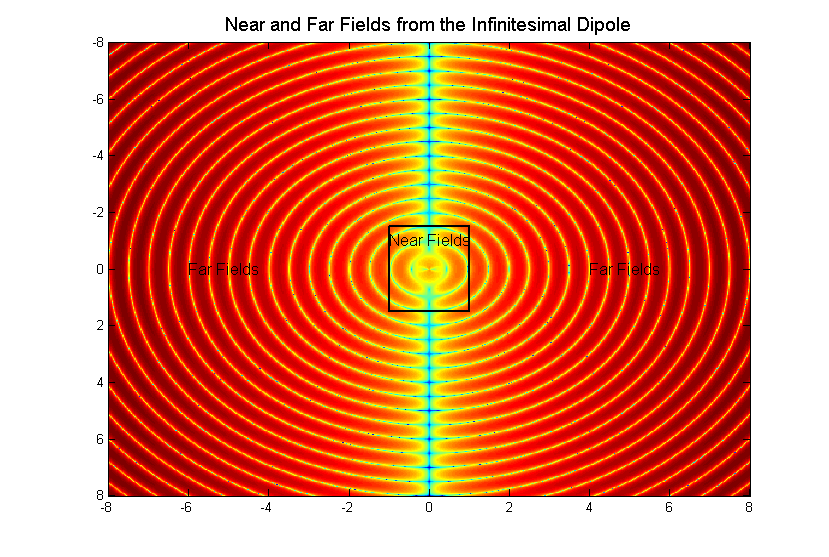It’s Shifted/At the PRECIPICE💥⚠️WWG1WGA the way to the finish line🏁 👉In The Right Lane for GOD & Country🙌🏻JESUS/TRUMP/AWAKE PATRIOT/STC
This is extremely familiar. Where would i have seen this previously? 🤔
It’s Shifted/At the PRECIPICE💥⚠️WWG1WGA the way to the finish line🏁 👉In The Right Lane for GOD & Country🙌🏻JESUS/TRUMP/AWAKE PATRIOT/STC
well at first I thought it looked like something I previously saw in an Elon Musk rabbit hole. But, Digging further into the rabbit hole, I found ties to the gov, Which started sounded suspicious in itself. Then i found this👇Right direction? http://thegipster.blogspot.com/2016/01/serco-corporate-octopus-with-tentacles.html?m=1
Remote-controlled ultrasound scan over a public 5G network - TeckNexus
BT, University Hospitals Birmingham (UHB) , MD-TEC, WM5G and jointly demostrated remote-controlled ultrasound scan over public 5G network.
https://tecknexus.com/5gusecase/remote-controlled-ultrasound-scan-over-a-public-5g-network/Ultrasound waves can be generated by material with a piezoelectric effect. The piezoelectric effect is a phenomenon exhibited by the generation of an electric charge in response to a mechanical force (squeeze or stretch) applied on certain materials.
by A Schroeder · 2009 · Cited by 420 — Recently, the ability of ultrasound to induce localized and controlled drug release from liposomes, utilizing thermal and/or mechanical effects, has been shown. This review, deals with the interaction of ultrasound with liposomes, focusing mainly on the mechanical mechanism of drug release from liposomes using LFUS.
Among the various particulate delivery systems, liposomes—bubble-like nano/microsized lipidic bilayer structures—have shown great promise as an antigen-carrying vehicle. Few liposomal vaccines have been introduced to the market. The key advantages of liposomes as a vaccine delivery system are their ability to protect antigens against degradation, carry single or multiple hydrophilic and lipophilic antigens, control the release of antigens, enhance cellular uptake, and improve antigen-specific immune responses.
Physicochemical properties of liposomes such as size, charge, and membrane fluidity can be modified to improve their ability to target antigen-presenting cells. Understanding how the different physicochemical properties of liposomes affect the overall immune response is important for the development of successful liposome-based vaccines. This chapter discusses the use of liposomes as vaccine carriers, the impacts of formulation parameters on liposome-mediated immunity, the different types of liposomes, and their manufacturing perspectives from the bench to large scale.
A liposomal influenza vaccine (INFLUSOME-VAC) was developed with the objective of overcoming the major drawbacks of the currently used influenza vaccines: their relatively low efficacy in certain high-risk groups (the elderly, infants, the immunosuppressed) and the need for annual immunization.
Inside story: the Bush gang and Barrick Gold Corporation
Inside story: the Bush gang and Barrick Gold Corporation
https://www.yumpu.com/en/document/view/21604196/inside-story-the-bush-gang-and-barrick-gold-corporationThe incorporation of ultra-fine particles into a Portland-cement paste within a concrete mixture in accordance with top-down approach of nano technology alters the concrete's material properties and performance by reducing the void space between the cement and aggregate in the cured concrete. This improves strength, durability, shrinkage and bonding to steel reinforcing bars.
The photon avalanche (PA)
mechanism uses photon pump intensity thresholds
to control the luminescence intensity, and can therefore have the highest upconversion efficiency with
strong emissions.
This phenomenon exploits cross-relaxation to increase the
excited state population.
Cross-relaxation is a process in which an excited state ion transfers energy to a
ground state
ion of the same type producing two excited ions of intermediate energy.
Although PA is seen in some systems, it is the least observed mechanism for
upconversion.
The ground state
of a quantum-mechanical system is its lowest-energy state; the energy of the ground state is known as the
zero-point energy of the system.
An excited state is any state with energy greater than the ground state.
ground zero
noun
1.
the point on the earth's surface directly above or below an exploding nuclear bomb.
2.
a starting point or base for an activity.
n. (General Physics) the splitting of an atomic nucleus into approximately equal parts, either spontaneously or as a result of the impact of a particle usually with an associated release of energy. Sometimes shortened to: fission Compare nuclear fusion.
An artificial physical system containing electrons in discrete quantum states (resembling those of electrons within atoms); specifically = "quantum dot".
dipole moment
PHYSICS•CHEMISTRY
the mathematical product of the separation of the ends of a dipole and the magnitude of the charges.
The magnitude of charge carried by an electron or proton is called the fundamental unit of charge. The fundamental unit of charge has the value 1.602 × 1 0 − 19 C 1.602 times {10^{ - 19}}C 1. 602×10−19C. It is also called the elementary charge.
the magnitude of the electric field (E) produced by a point charge with a charge of magnitude Q, at a point a distance r away from the point charge, is given by the equation E = kQ/r2, where k is a constant with a value of 8.99 x 109 N m2/C2.
Magnitude is the quantitative value of seismic energy. It is a specific value having no relation with distance and direction of the epicentre. We can say that magnitude is the size of an earthquake. ... It is a logarithmic scale in which magnitude increases 10 times with each increase in number.
An earthquake (also known as a quake, tremor or temblor) is the shaking of the surface of the Earth resulting from a sudden release of energy in the Earth's lithosphere that creates seismic waves.
Seismic waves are waves of energy that travel through Earth's layers, and are a result of earthquakes, volcanic eruptions, magma movement, large landslides and large man-made explosions that give out low-frequency acoustic energy. Many other natural and anthropogenic sources create low-amplitude waves commonly referred to as ambient vibrations. Seismic waves are studied by geophysicists called seismologists. Seismic wave fields are recorded by a seismometer, hydrophone (in water), or accelerometer.
large man-made explosions that give out low-frequency acoustic energy.
A sonic boom is a sound associated with shock waves created when an object travels through the air faster than the speed of sound. Sonic booms generate enormous amounts of sound energy, sounding similar to an explosion or a thunderclap to the human ear.
Sound energy is the movement of energy through a substance – such as air or water – in the form of waves. It is produced when a force causes an object or substance to vibrate.
ultrasound
/ˈʌltrəsaʊnd/
noun
sound or other vibrations having an ultrasonic frequency, particularly as used in medical imaging.
"an ultrasound scanner"
When an electric current is applied to a piezoelectric crystal, it starts to vibrate and these vibrations generate sound waves with frequencies between 1.5 and 8 MHz (i.e ultrasound). Thus, piezoelectric crystals can convert electric currents into ultrasound waves.
In virology. In 1935 tobacco mosaic virus became the first virus to be crystallized; in 1955 the poliomyelitis virus was crystallized. (A virus “crystal” consists of several thousand viruses and, because of its purity, is well suited for chemical studies.)
Magnetic nanoparticles are a class of nanoparticle that can be manipulated using magnetic fields.
Such particles commonly consist of two components, a magnetic material, often iron, nickel and cobalt, and a chemical component that has functionality. While nanoparticles are smaller than 1 micrometer in diameter (typically 1–100 nanometers), the larger microbeads are 0.5–500 micrometer in diameter.
Magnetic nanoparticle clusters that are composed of a number of individual magnetic nanoparticles are known as magnetic nanobeads with a diameter of 50–200 nanometers.
[1][2] Magnetic nanoparticle clusters are a basis for their further magnetic assembly into magnetic nanochains.
[3] The magnetic nanoparticles have been the focus of much research recently because they possess attractive properties which could see potential use in catalysis including nanomaterial-based catalysts,[4] biomedicine [5] and tissue specific targeting,[6] magnetically tunable colloidal photonic crystals,[7] microfluidics,[8] magnetic resonance imaging,[9] magnetic particle imaging,[10] data storage,[11][12] environmental remediation,[13] nanofluids,[14][15] optical filters,[16] defect sensor,[17] magnetic cooling[18][19] and cation sensors.[20
The physical and chemical properties of magnetic nanoparticles largely depend on the synthesis method and chemical structure. In most cases, the particles range from 1 to 100 nm in size and may display superparamagnetism.[21]
The CoV particles have a spherical shape with a diameter of roughly 100 nm
Superparamagnetism allows delivering the drug-loaded nanohybrid system to the tumor site under the influence of an external magnetic field, and after the external magnetic field is removed, the material loses its magnetization (Fig. 2.14).
Superparamagnetism is a form of magnetism which appears in small ferromagnetic or ferrimagnetic nanoparticles. In sufficiently small nanoparticles, magnetization can randomly flip direction under the influence of temperature. The typical time between two flips is called the Neel relaxation time. In the absence of an external magnetic field, when the time used to measure the magnetization of the nanoparticles is much longer than the Neel relaxation time, their average value of magnetization appears to be zero: they are said to be in the superparamagnetic state.
Normally, any ferromagnetic or ferrimagnetic material undergoes a transition to a paramagnetic state above its Curie temperature.
Superparamagnetism is different from this standard transition since it occurs below the Curie temperature of the material.
We have already discussed superparamagnetism above. With nanoscale size, the MNPs are superparamagnetic with single domains, i.e., they can be magnetized under an external magnetic field and will lose the magnetization when removing the field. If further reducing the size to a point when the thermal energy exceeds the anisotropy barrier, the magnetic moment of these MNPs can flip spontaneously from one direction to another. Meanwhile, each nanoparticle generates a large magnetic dipole under the influence of an external magnetic field, which creates a local magnetic field gradient.
"each nanoparticle generates a large magnetic dipole"
"Strong dipole-dipole interaction is believed to be the driving force of nanoparticle self- organization"
dipole
/ˈdʌɪpəʊl/
noun: dipole; plural noun: dipoles
1.
PHYSICS
a pair of equal and oppositely charged or magnetized poles separated by a distance.
CHEMISTRY
a molecule in which a concentration of positive electric charge is separated from a concentration of negative charge.
2.
an aerial consisting of a horizontal metal rod with a connecting wire at its centre.

